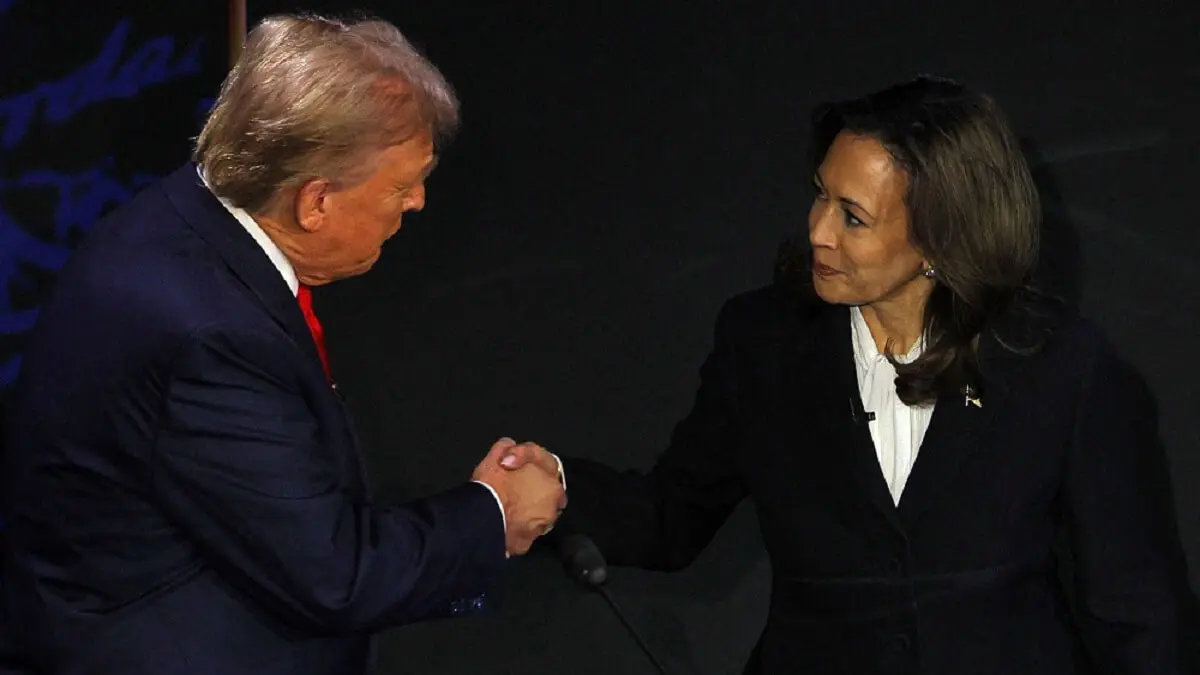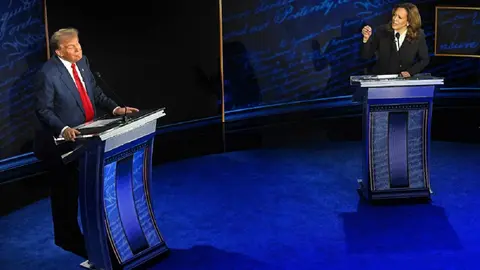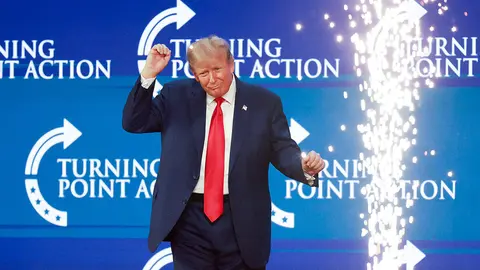Kamala moves forward, but Trump won't back down

Kamala Harris was winning among women, young people, the best graduates and some minorities, such as African-Americans, where she was clearly ahead. And Donald Trump was ahead among male, older, white, lower-educated and non-union working-class voters.
That same day, Gallup offered a distribution of the vote by state that confirmed the map of blue and red states of the last elections, as well as the struggle in the so-called ‘swing states’, where the final mobilisation capacity of the Democrats and Republicans seems to be the key to enter the White House in 2025.
Those who followed the intense debate in Philadelphia gave the victory to the Vice-President by 63 to 37. And a significant majority of analysts confirmed this interpretation, which shows that Kamala Harris fulfilled her goal of presenting herself as a credible and attractive leader to the public and the pundits.
But neither the public nor the pundits have massively or overwhelmingly considered that, with that first confrontation on television, the campaign is over or that Trump has lost his chances of winning the election. The 50 million viewers who watched the ABC show, 30 million fewer than watched Hillary Clinton and Donald Trump face off in the first debate of 2016 eight years ago, represent a third of the voters who would normally turn out to vote in November. If anyone has any doubts about how far the election campaign still has to go, they need only wait for the polls in the next few days and see if Kamala Harris is able to break 50% in voter intention and Donald Trump falls below 40%.
If there were no clear trend of the Democratic ticket advancing and the Republican ticket falling, the second phase of the campaign would enter a new dynamic. Trump would have withstood Kamala's initial onslaught and Kamala would have made headway. But without having managed to reverse the trend of a dead heat that has prevailed in presidential elections since the confrontation between George Bush Jr. and Al Gore in 2000, and which only the attack of 9/11 and then the emergence of Barack Obama were able to unbalance.
The vice-president showed herself to be what the most optimistic people suspected her to be: a solid leader, prepared, skilled in polemics, balanced and non-Marxist. And the former president showed himself to be what the more pessimistic are convinced he is: a leader without filters, prepared for controversy, skilled at selecting messages constructed for his audience, MAGA and unconditional.
In a way, the debate showed what all convinced voters already knew. But the second phase of the campaign now has to show what unconvinced voters don't know. Whether Kamala Harris's leadership is strong enough to represent a new generation to meet America's economic and social challenges in a changing world order and whether Donald Trump has the capacity to lead a greater America in an increasingly complex world. Neither question was sufficiently clear on 10 September in Philadelphia.
Both candidates need the votes of the undecided in the face of a theoretical tie between the two, and the debate between the two was a good tool to capture votes. The data seemed to favour Kamala Harris. A quick poll conducted by CNN showed that 63% of the 605 respondents thought the vice-president performed better in the debate compared to 37% who thought Trump was the better of the two. The Washington Post also concluded that Harris was superior to the Republican, according to respondents.



